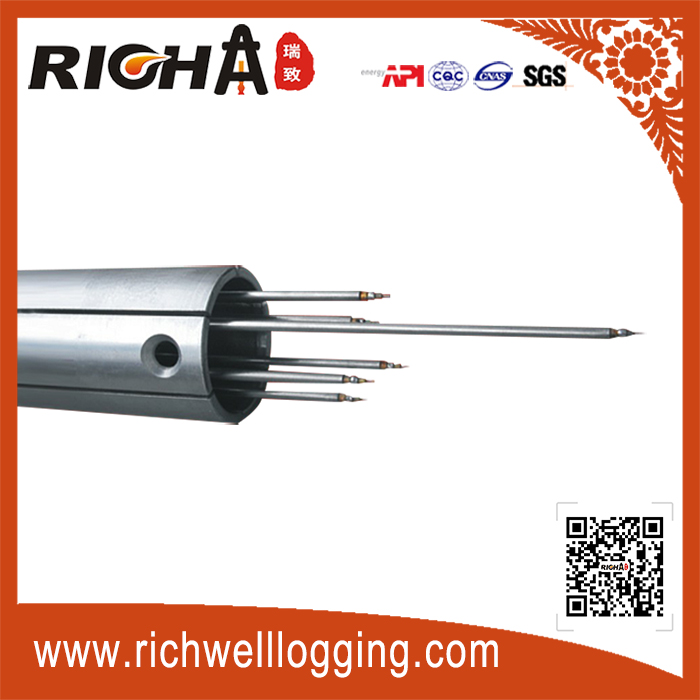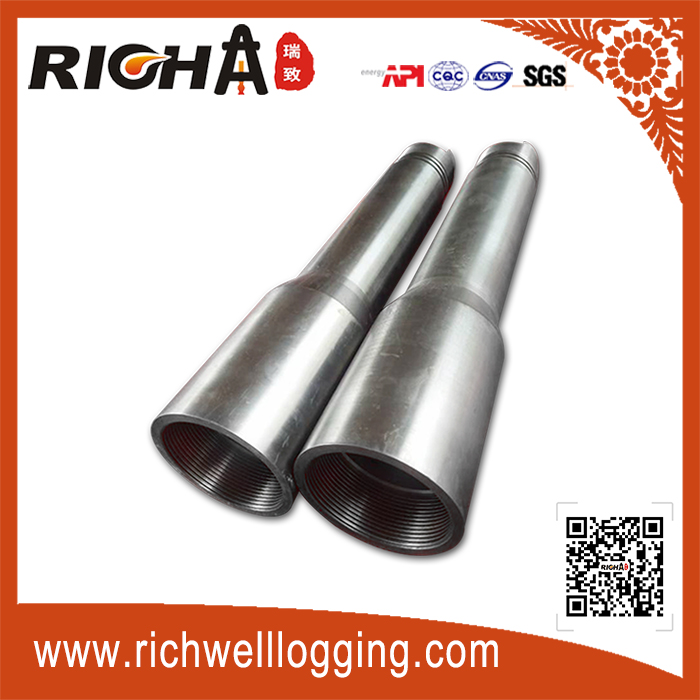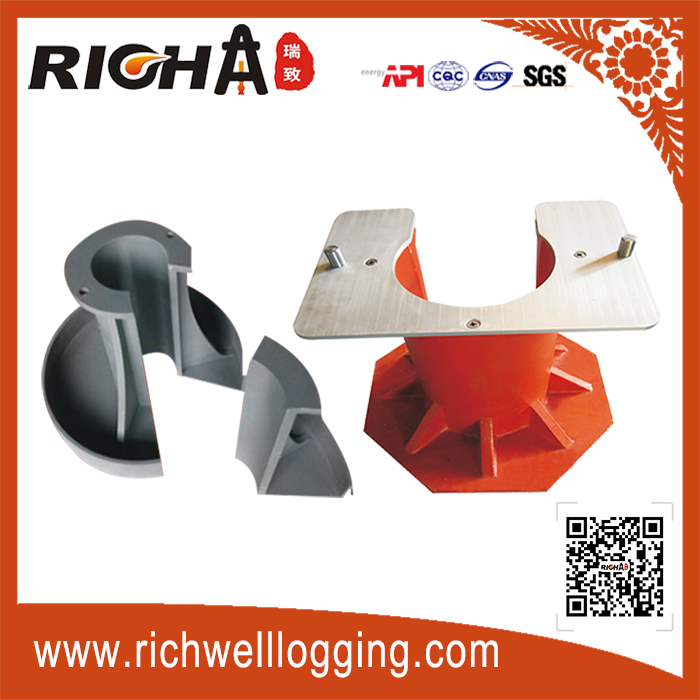Consultation Hotline:13629207777(WeChat Same Account)
Quality supervision:15229006666
After-sale service:029-86670108
Email:info@richwelllogging.com
Address:No. 388 Caotan 9th Road, Xi'an Economic and Technological Development Zone
Understanding Composite Materials
Understanding Composite Materials
Composite materials have been in use since ancient times. Traditional methods like reinforcing clay with straw or wheat stalks, as well as the use of reinforced concrete for over a century, are examples of composites made by combining two different materials.
Composite materials are formed by combining two or more materials with different properties through physical or chemical methods to create a new material with improved performance, either on a macroscopic or microscopic scale. Each component complements the other's shortcomings, resulting in a synergistic effect that enhances the overall performance beyond what the original materials can achieve individually. This allows composites to meet various functional requirements.
Matrix materials used in composites are broadly divided into two categories: metallic and non-metallic. The composite materials we commonly use today are non-metallic, which include resin-based, metal-based, ceramic-based, cement-based, and graphite-based composites.
Thermosetting resin-based composites are made from thermosetting resins such as unsaturated polyester resin, epoxy resin, phenolic resin, and vinyl ester resin, combined with reinforcing materials like glass fiber, carbon fiber, aramid fiber, and ultra-high-molecular-weight polyethylene fiber.
Composite Effect: A new material structure with unique properties is formed after compounding, and the composite material develops during the molding and processing stage.
Process Dependency: The performance of the component heavily relies on the manufacturing method, procedures, and parameters.
Designability: Composite materials offer tunable mechanical and physical properties, including strength, thermal performance, acoustic behavior, optical response, electrical characteristics, corrosion resistance, and aging resistance.
Properties of Composite Materials: High tensile and flexural strength, excellent impact toughness, permeability, temperature and moisture resistance, strong chemical corrosion resistance, fatigue resistance, and a service life of over 80 years.
- China National Petroleum Corporation Maintains Stable Operations in the First Half of 2020
- Downhole Fiber Optic Sensing AUT-F100 for Oil and Gas
- Drilling Fluid Drilling: A Critical Step in Oil and Gas Exploration
- Testing of Composite Insulators in Operation
- Criteria for Evaluating the Quality of Insulators











